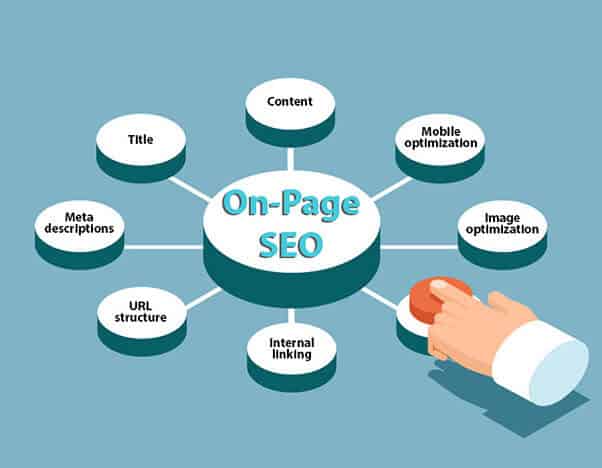On-page SEO techniques for content marketers

In the ever-evolving world of digital marketing, mastering on-page SEO techniques is essential for content marketers looking to enhance their online visibility and drive organic traffic. Understanding these tactics not only boosts your search engine rankings but also improves user experience, which Google values highly.
By implementing strategic enhancements within the framework of your website, you ensure that your content is not only compelling but also discoverable. Let's delve into practical methods to optimize your on-site elements.
Utilize Strategic Keyword Placement
One of the initial steps in on-page SEO is to cleverly incorporate your focus keyword, which in this case is "on-page SEO techniques," early in your content. This signals to search engines what your content is primarily about. It is recommended to include it within the first 100-150 words of your article.
However, keyword integration should go beyond just the introductory paragraph. Spreading your focus keyword and related terms throughout the content, including headings, subheadings, and the body text, improves relevance and contextual strength. Aim for a natural flow to avoid keyword stuffing, which can harm your SEO performance.
Optimize Your Title Tag and Meta Description
Your title tag is one of the first things both search engines and users encounter. Embedding the focus keyword in your SEO title not only clarifies the topic of your page but also serves as a ranking signal. A compelling title can improve your click-through rate which is a positive behavioral metric.
Similarly, the meta description provides a brief summary of your webpage content. Including the focus keyword here can improve the relevancy of your content to search queries, encouraging users to click through from the search engine results page (SERP).
Create Quality Content with Relevant Subheadings
Quality content is the backbone of effective on-site optimization. Crafting valuable, informative, and engaging writing is crucial. Utilize subheadings to break up your text into readable sections, and integrate your focus keyword into at least one subheading to further enhance on-page SEO signals.
When subheadings are used strategically, not only do they contribute to SEO, but they also improve the user's experience by making your content more digestible and easier to navigate.
Optimize Images with ALT Tags
Images are great for engagement, but they also hold SEO value when properly optimized. Using alt tags that describe the content of the images helps search engines understand and index your multimedia content. Whenever appropriate, include your focus keyword in the alt text of relevant images to boost the on-page relevance.
Ensure Mobile-Responsiveness and Fast Loading Speeds
In our mobile-first world, ensuring that your website is responsive on all devices is a critical component of on-site optimization. A mobile-friendly layout is a ranking factor and critical for maintaining user engagement.
Site speed also impacts SEO and user satisfaction. Optimize your content’s loading time by compressing images, using caching, and minimizing code.
Use Internal and External Links Wisely
Internal linking helps users navigate your website and encourages them to stay longer, reducing bounce rates. Use descriptive anchor texts that include relevant keywords.
Incorporating authoritative external links, when appropriate, can lend credibility to your content and show search engines that your site is a hub for quality information.
Implement Schema Markup
Schema markup is a code that you add to your website to help search engines return more informative results for users. It can significantly boost your SEO by making your content more understandable and indexable to search engines.
Using schema to structure your data helps search engines to parse your content and understand the context better, which can lead to enhanced SERP features and better visibility.
Track Your Progress with Analytics
It's not enough to implement on-site SEO strategies; you also need to measure your results. Use tools like Google Analytics to track user behavior, site traffic, and engagement. This data will help you refine your techniques over time.
By regularly analyzing your performance, you can gain insights into what works best for your specific audience and tailor your on-page tactics accordingly.
Making your way to the top of search engine rankings is a consistent effort of applying on-page SEO techniques intelligently. From the strategic placement of keywords to the advanced structuring with schema markup, every detail contributes to a robust online presence. Implement these strategies with a keen eye on quality and watch your content's visibility soar.

Related